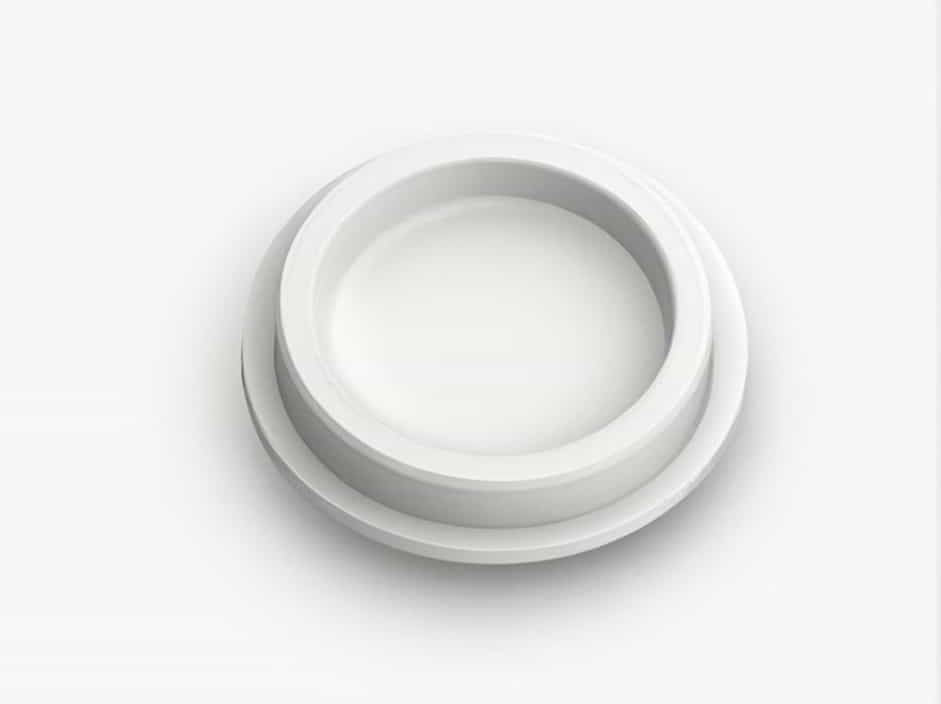Working with clay requires various techniques to shape, texture, and refine the material. One essential step in ceramics and pottery is cutting or roughening the surface of clay. This process is crucial for improving adhesion between pieces, adding texture, and enhancing the final design.
This topic explores different methods used to cut and roughen clay surfaces, their importance in ceramics, and how to apply them effectively. Whether you are a beginner or an experienced potter, understanding these techniques can help improve your craftsmanship.
Why Cut or Roughen Clay Surfaces?
1. Better Adhesion Between Clay Pieces
When joining two pieces of clay, roughening the surface (also called scoring) creates texture that helps them bond better. This is especially important in hand-building techniques like coil construction or slab assembly.
2. Creating Surface Texture
Artists often roughen clay to add decorative textures. This can be done using tools like wire brushes, combs, or sponges to create patterns that enhance the visual appeal of a ceramic piece.
3. Controlling Drying and Shrinkage
Clay shrinks as it dries. Cutting or roughening specific areas can help control the drying process, preventing cracks and warping in large or complex pieces.
4. Improving Glaze Application
A roughened surface can help glazes adhere better, resulting in a more even and controlled finish. Certain textures can also create unique glaze effects by allowing different levels of absorption.
Techniques for Cutting Clay
1. Using a Wire Cutter
A wire cutter (or clay cutting wire) is commonly used to slice through blocks of clay or separate pieces from a larger mass. It ensures a clean, straight cut without deforming the material.
How to Use:
- Hold the wire taut and pull it through the clay in a single, smooth motion.
- Use a taut wire to create even slabs or divide clay into equal portions.
2. Cutting with a Needle Tool
A needle tool (or pin tool) is useful for making precise cuts, scoring, or trimming details in clay.
How to Use:
- Hold the needle tool like a pencil and gently carve the desired lines.
- Use it to refine edges or create detailed patterns.
3. Using a Ribbon or Loop Tool
Ribbon and loop tools are ideal for cutting away excess clay or carving out deeper grooves.
How to Use:
- Drag the tool across the surface to remove layers of clay.
- Use it for sculpting details or hollowing out sections of a piece.
4. Knife or Wire Tool for Sgraffito
Sgraffito is a technique where the top layer of clay or slip is cut away to reveal the layer underneath, creating patterns and designs.
How to Use:
- Apply slip to the clay surface.
- Use a knife or sgraffito tool to carve designs by removing the top layer.
Techniques for Roughening Clay
1. Scoring with a Needle or Fork
Scoring is essential when attaching clay pieces together. It involves scratching the surface to create a rough texture.
How to Use:
- Use a needle tool, fork, or scoring tool to make shallow scratches.
- Apply slip (a mixture of water and clay) to strengthen the bond.
- Press the pieces together firmly.
2. Using a Stiff Brush or Sponge
A stiff brush or damp sponge can create different textures on clay surfaces.
How to Use:
- Lightly press a stiff-bristled brush against the surface to create fine scratches.
- Use a sponge to create a softer texture by dabbing the clay.
3. Texturing with Stamps or Fabric
Various materials like stamps, fabric, or textured rollers can add roughness and patterns.
How to Use:
- Press stamps or textured objects onto the soft clay.
- Roll fabric or textured mats over the surface to create imprints.
4. Using a Wire Brush or Comb
A wire brush or serrated rib tool is excellent for roughening areas where extra adhesion is needed.
How to Use:
- Drag the wire brush across the surface in different directions.
- Use a comb for parallel lines or wave-like textures.
Combining Cutting and Roughening for Best Results
In many clay projects, both cutting and roughening are necessary to achieve the desired outcome. For example:
- When joining two slabs, cut the edges cleanly, then roughen them before applying slip.
- If creating a textured sculpture, use both cutting tools and roughening techniques to add depth.
- When preparing a surface for glazing, lightly roughen it to help the glaze adhere more effectively.
Tips for Effective Clay Surface Preparation
- Use the Right Tools – Choose tools based on the texture and precision needed.
- Keep Clay Moist – If clay is too dry, cutting and roughening may cause cracks.
- Work in Stages – Score and attach pieces before they dry completely to ensure strong bonding.
- Test Textures – Experiment with different tools on scrap clay before applying them to the final piece.
- Clean Tools Regularly – Clay residue can build up and reduce effectiveness.
Cutting and roughening clay surfaces are fundamental techniques in pottery and ceramics. Whether for structural support, decorative effects, or improved adhesion, these methods enhance both the functionality and aesthetics of clay creations. By mastering these skills, artists and craftsmen can create more refined and durable ceramic pieces.
